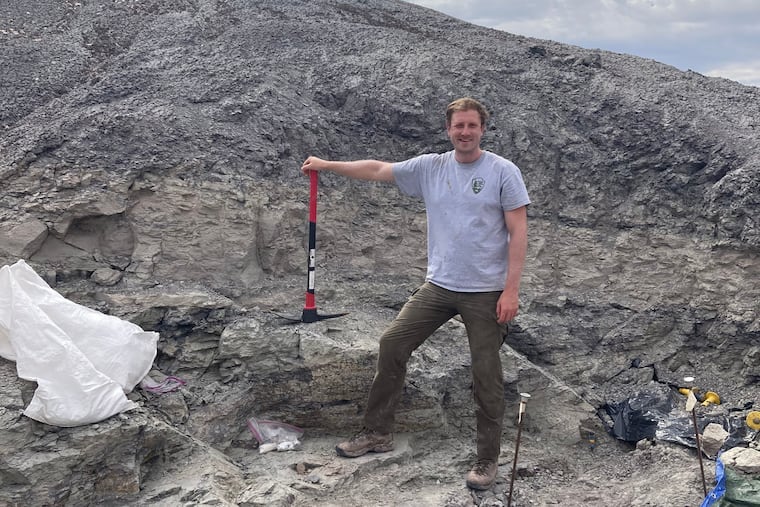Fossil guy finds ‘funky worm’ with a Philly hook
Ben Kligman named his 220 million-year-old find after a funky tune and a mentor at the Academy of Natural Sciences.

Ben Kligman named his 220 million-year-old find after a funky tune and a mentor at the Academy of Natural Sciences.
